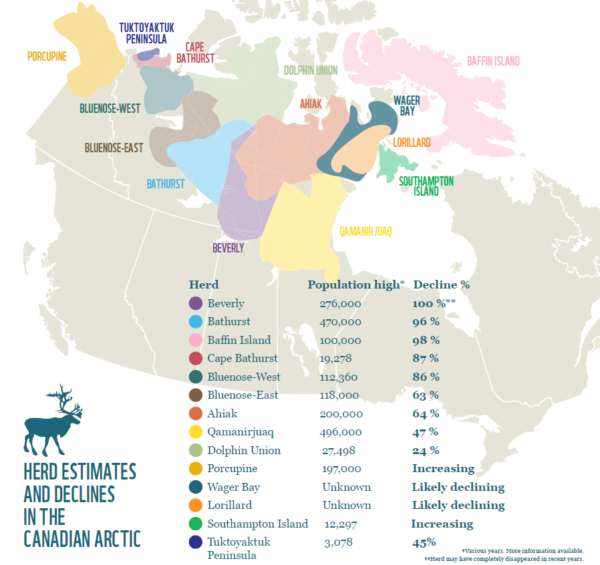Canada’s caribou herds risk disappearing. Here’s why and what you can do
The Arctic is home to some of Canada’s most iconic animals. With its tall and flat antlers, the stately caribou is among one of the most recognizable – and the most at risk.
Barren-ground caribou herds once spread in impressive numbers across Nunavut, the Northwest Territories, Yukon and into Alaska in impressive numbers. In recent years, some herds have declined by hundreds of thousands of individuals, making caribou among the greatest wildlife conservation concerns in Canada today. While populations naturally rise and fall, the current decline is particularly troubling. With herds at their lowest, caribou face a host of new threats from climate change and industrial development.
Caribou urgently need your support. Visit here to help.
WWF-Canada is commissioning research to monitor the status of herds. We’re engaging with policy makers and Northern communities on sustainable land-use planning so that when natural fluctuations head upwards, caribou have the right conditions to make a comeback.
Learn more about this iconic species and how you can make a difference for their survival before it’s too late with these 13 facts:
1. Encounter a Christmas story about Santa and his sleigh, and the reindeer are actually caribou by a more colloquial name.
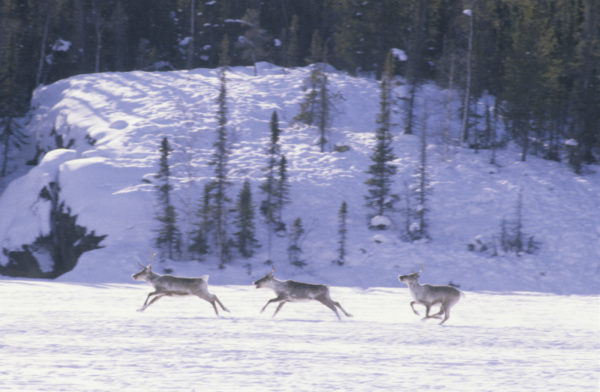
2. The caribou is the animal on the Canadian 25-cent coin.
![Canadian quarter. By Awmcphee (Own work) [CC0], via Wikimedia Commons](https://wwfcastg.wwf.ca/wp-content/uploads/2016/10/Canada_0.25_1976.jpg)
3. Caribou are the only member of the deer family Cervidae in which both males and females have antlers.
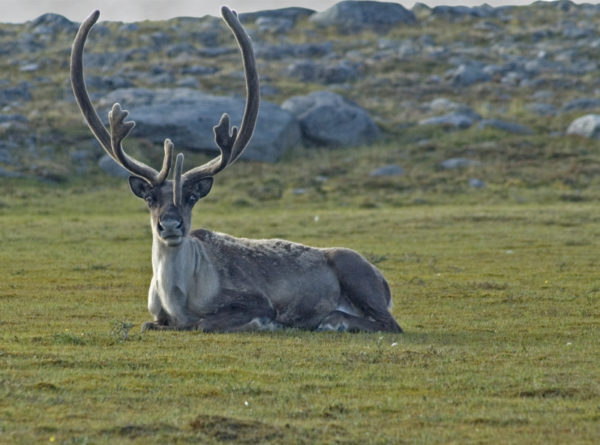
4. Male caribou are called bulls and weigh around 150 kg, while females are called cows and weigh around 90 kg.
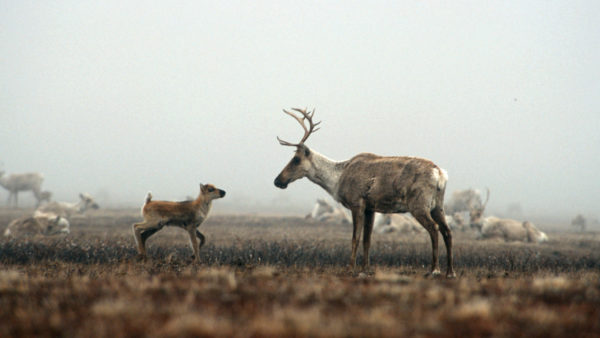
5. Known as an umbrella species, caribou help ensure the survival of ecosystems and people around them. Their foraging and droppings add nutrients to the soil and water; they are prey for many carnivores; and they have been an important part of Inuit culture and livelihoods for millennia.
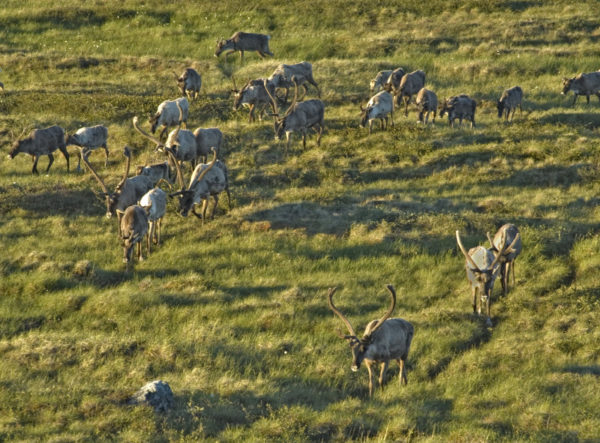
6. Caribou have scent glands on the base of their ankles that emit an odour to alert the rest to the herd to impending danger.
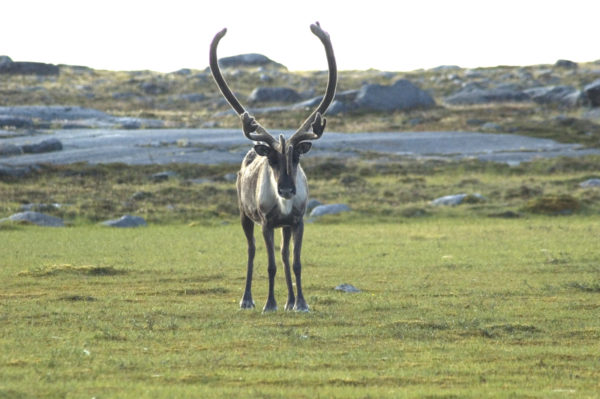
7. Barren-ground caribou are a migratory species, crossing the Arctic tundra every year to return to their age-old calving grounds where they give birth to their young.
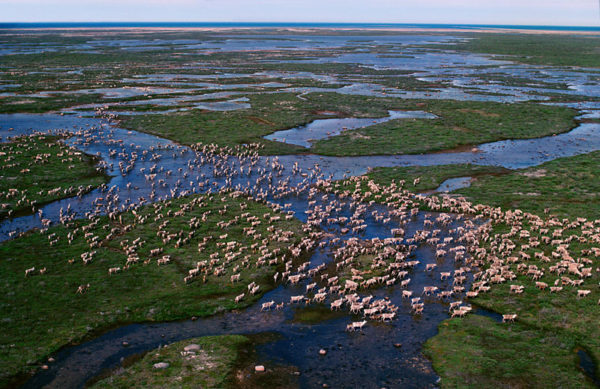
8. Caribou cows have only one calf per year, so each one is precious to the long-term survival of the herd.
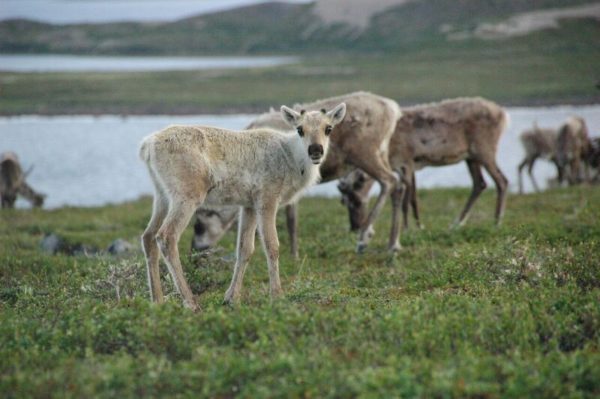
9. Industrial development is popping up more and more frequently throughout the caribou range. Even small disturbances to their calving grounds can frighten caribou away, trigger the loss of their pregnancy or cause them to abandon their calves.
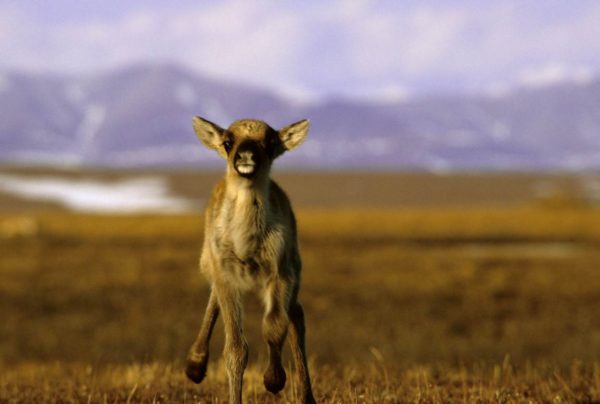
10. The Arctic is experiencing climate change at almost twice the global average. Warmer temperatures are causing more rain in the winter. The rain forms ice over the ground that blocks caribou from reaching the food they need to make it to spring.
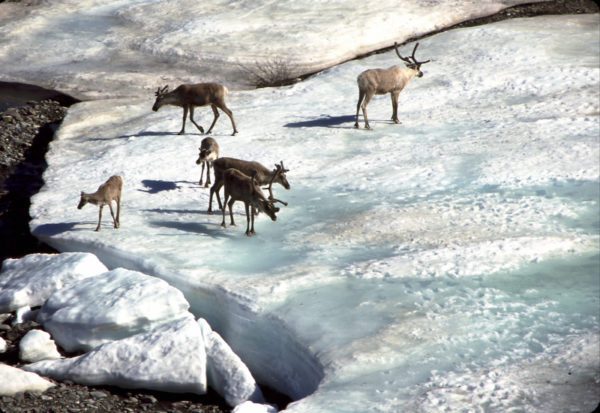
11. Caribou populations are monitored infrequently. A lack of information can put undue pressures on previously healthy herds.
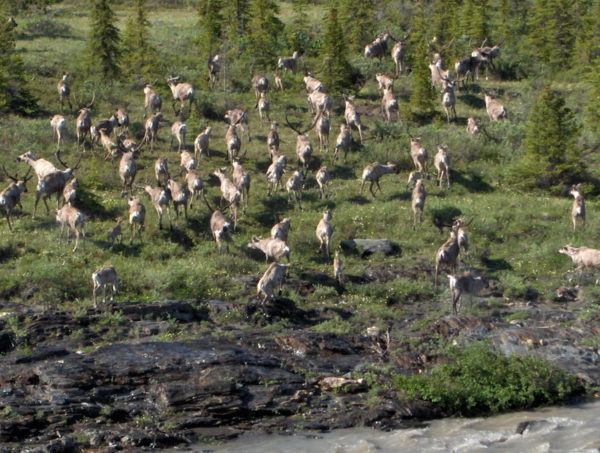
12. Less than half of Canada’s barren-ground caribou remain. Some herds have declined by more than 95 per cent.
13. Caribou need your help. For the first time in conservation history, populations risk dropping so low that they won’t be able to recover – unless we act now.
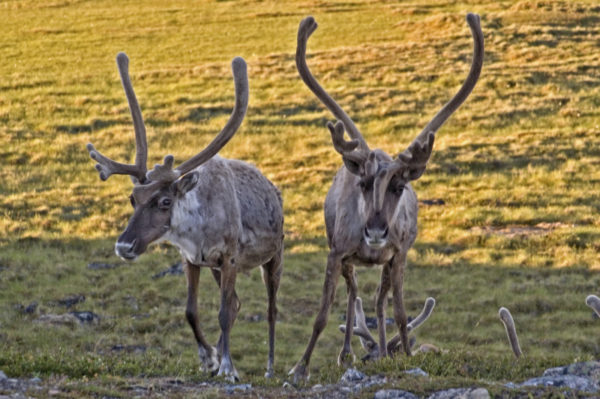
What you can do
Please donate here now to help ensure this iconic species remains a thriving part of the Arctic.


